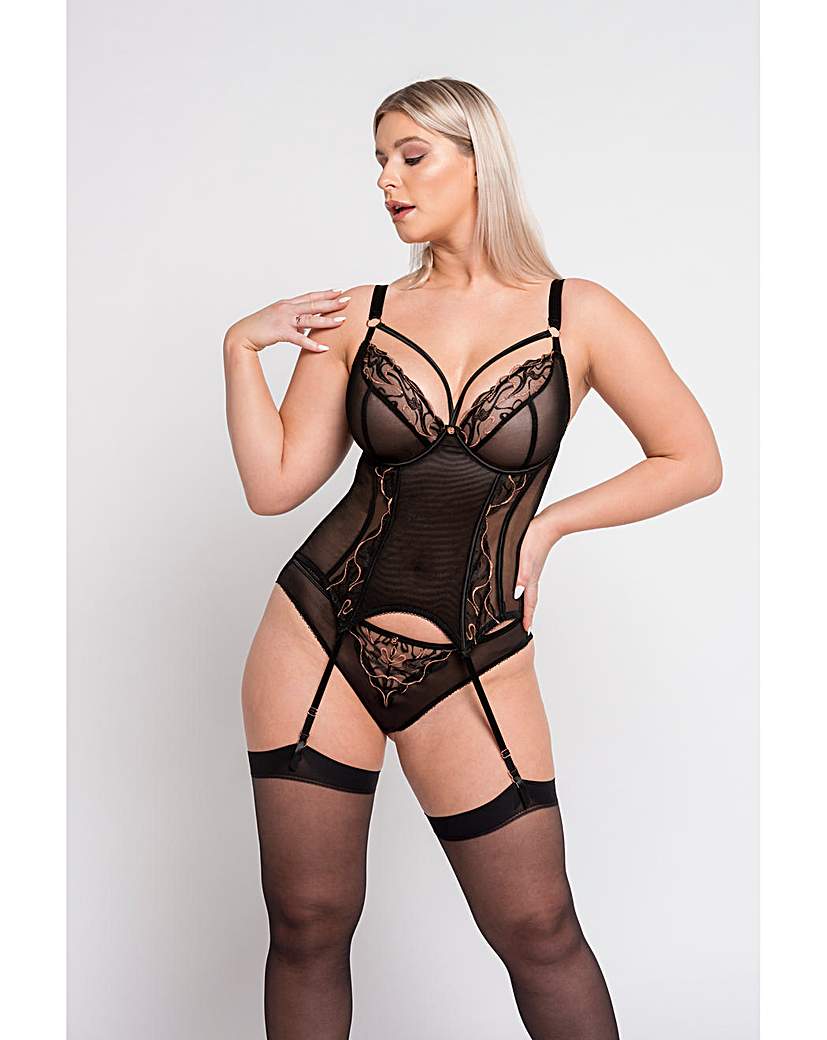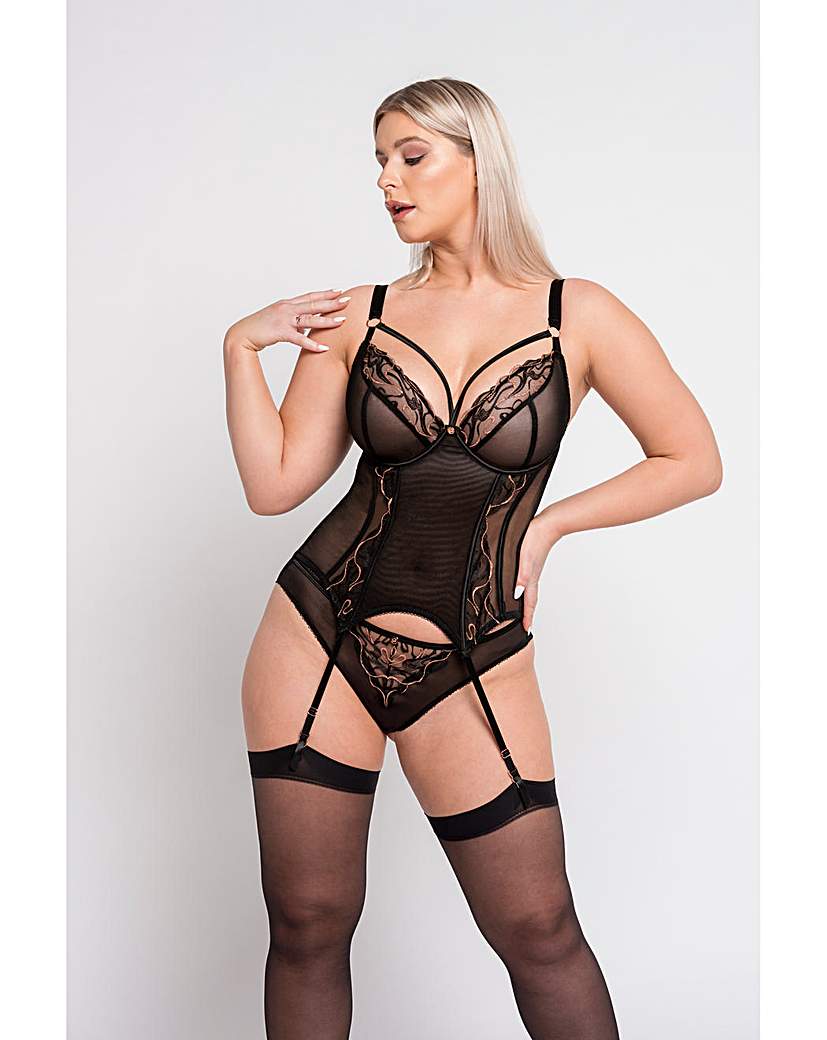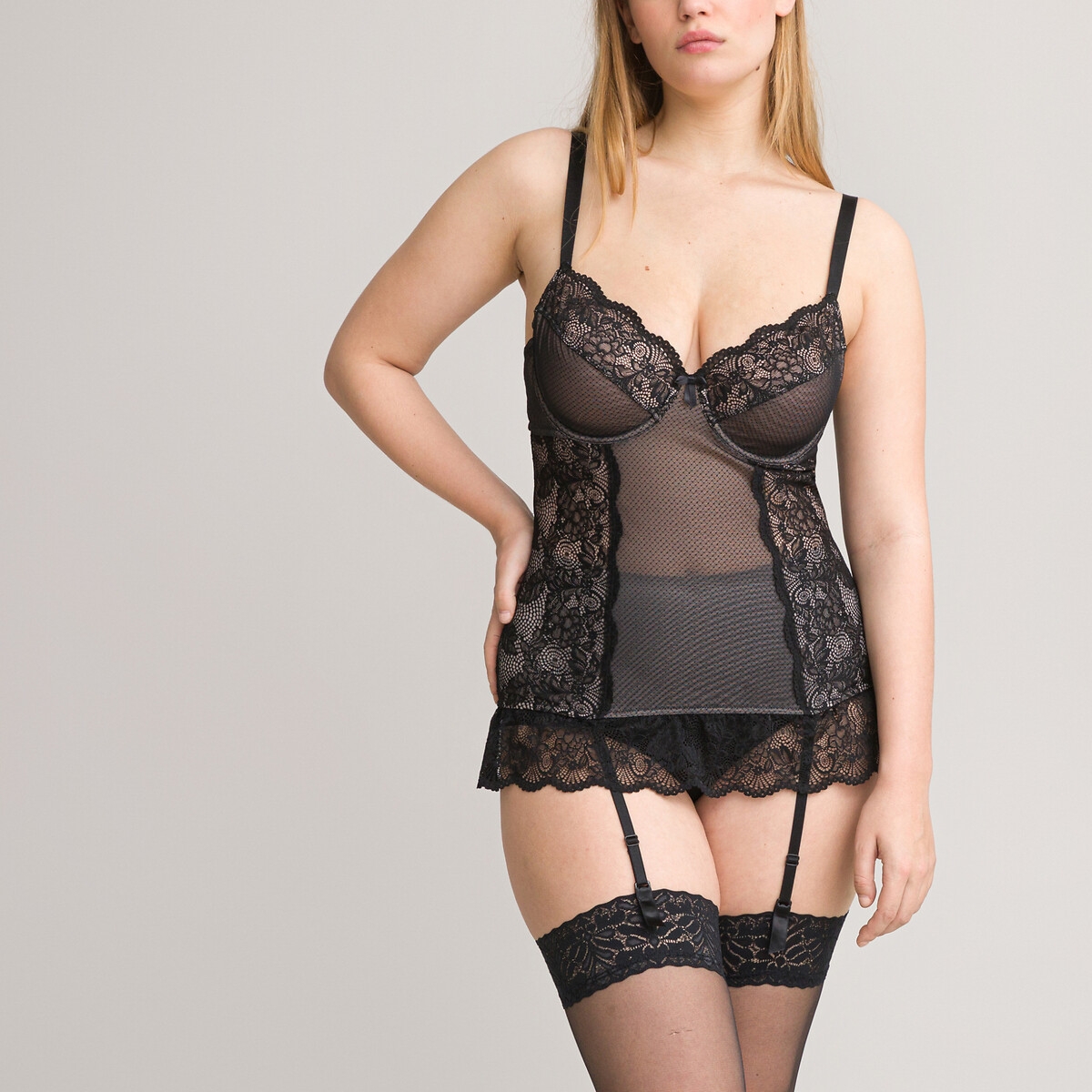
How did the Corset come about?
- Interview with Lingerie Bee
- |
- 22 Sep 2022
Once used as body armor, the corset has a long history. Here we take a look at what they symbolise and why they are still being worn even today.
What is a corset?
A corset is a close-fitting item of clothing that has been stiffened or strengthened with boning (usually metal). It is worn to shape the body, and may be fastened at the front, back, or sides. Corsets are traditionally associated with women's fashion, and were particularly common during the Victorian and Edwardian eras.
What are the origins of the corset explain?
The corset is thought to have originated in ancient China, though there is some evidence that it may have been used in other cultures as well. It was originally a type of body armor, designed to protect the wearer's torso from injury. The corset evolved over time into a fashion item, and by the 19th century it was widely worn by women in Europe and North America. Corsets were often quite tight-fitting and uncomfortable, and were worn as a way to achieve a slender figure.
How has the corset changed over time?
The corset has changed a great deal over time. It is now made of much lighter materials and is designed to be comfortable to wear. The boning is also much softer, making it less likely to cause injury.
Who typically wears a corset?
A corset is a garment that is typically worn by women. It is designed to create a slimming effect, and often contains boning in order to create a more defined shape. Corsets can be worn as outerwear or underwear, and are often used in order to achieve an hourglass figure.
Why do people wear corsets?
Corsets can be worn for a variety of reasons. Some people wear them for the aesthetic appeal, while others wear them for additional support. Corsets have also been used in the past to help shape the body into a more desirable shape.
How is a corset made?
A corset is made by sewing together different pieces of fabric, which are then boned, to create a garment that pulls in the waist and accentuates the curves whilst creating support. Corsets can be made from a variety of materials, but most commonly they are made from leather, latex, cotton, linen or satin. The corset is then laced up in the back, often using a strong cord or ribbons.
How long does it take to make a corset?
It takes around 2-3 hours to make a corset, depending on the complexity of the design.
How much does a typical corset cost in uk?
A typical corset can cost anywhere from £25 to £200.
Are there any health risks associated with wearing a corset?
While corsets are generally safe to wear, there are some health risks associated with wearing one. These risks include:
• Compressing the lungs and making it difficult to breathe
• Pressing on the stomach and intestines, which can cause indigestion or other gastrointestinal problems
• restricting blood flow and causing circulatory issues
• aggravating existing back pain or creating new back pain
What do corsets symbolise?
Corsets have a long and complicated history, with many different interpretations. For some, they are a symbol of femininity and sexuality, while for others they represent an oppressive tradition that forces women into an unrealistic and unhealthy ideal of beauty. Whatever someone's personal opinion on corsets may be, there is no denying that they are loaded with cultural significance and meaning.

